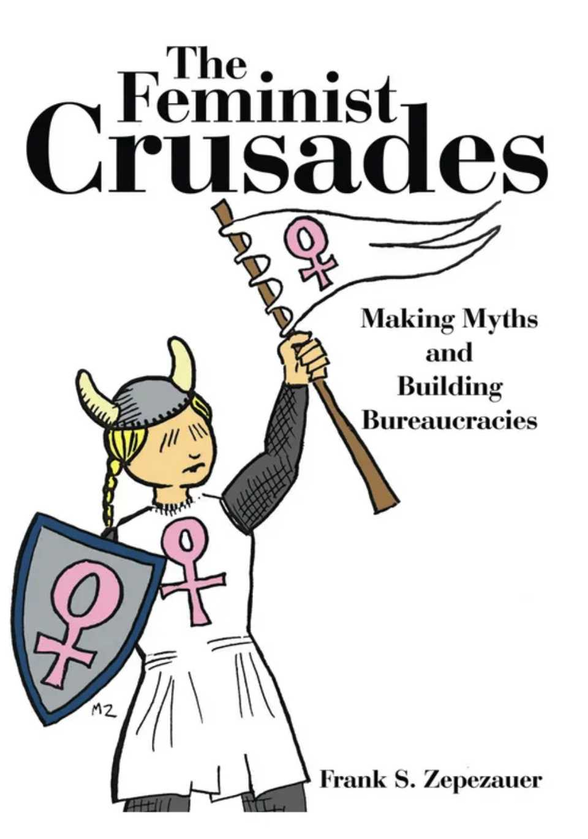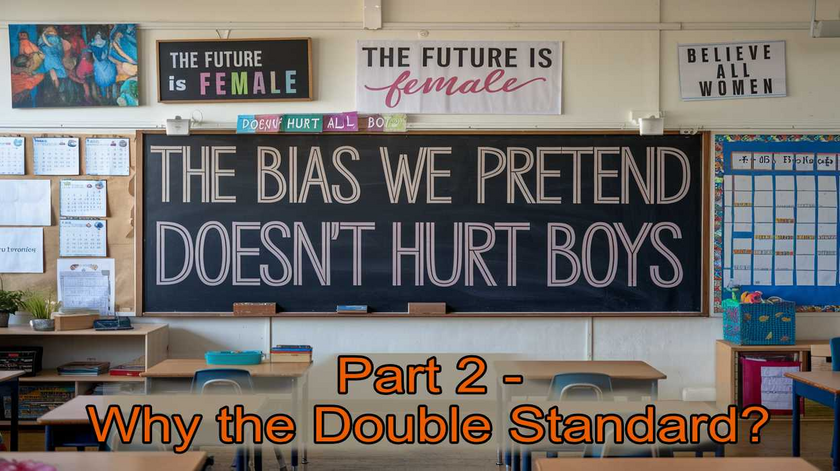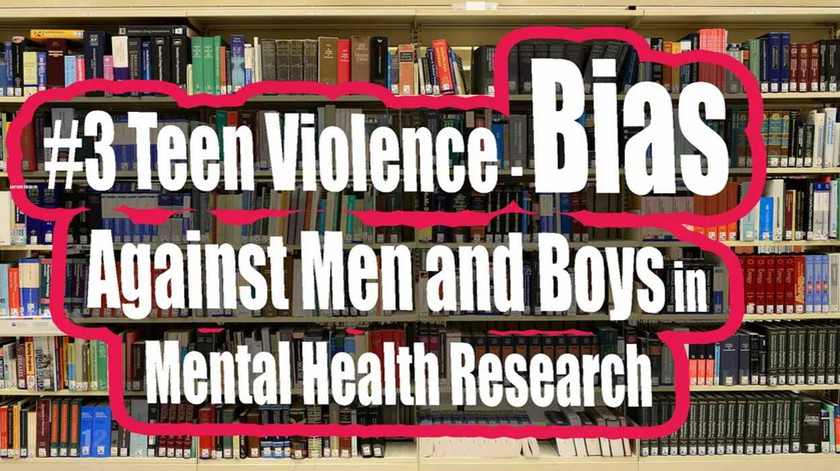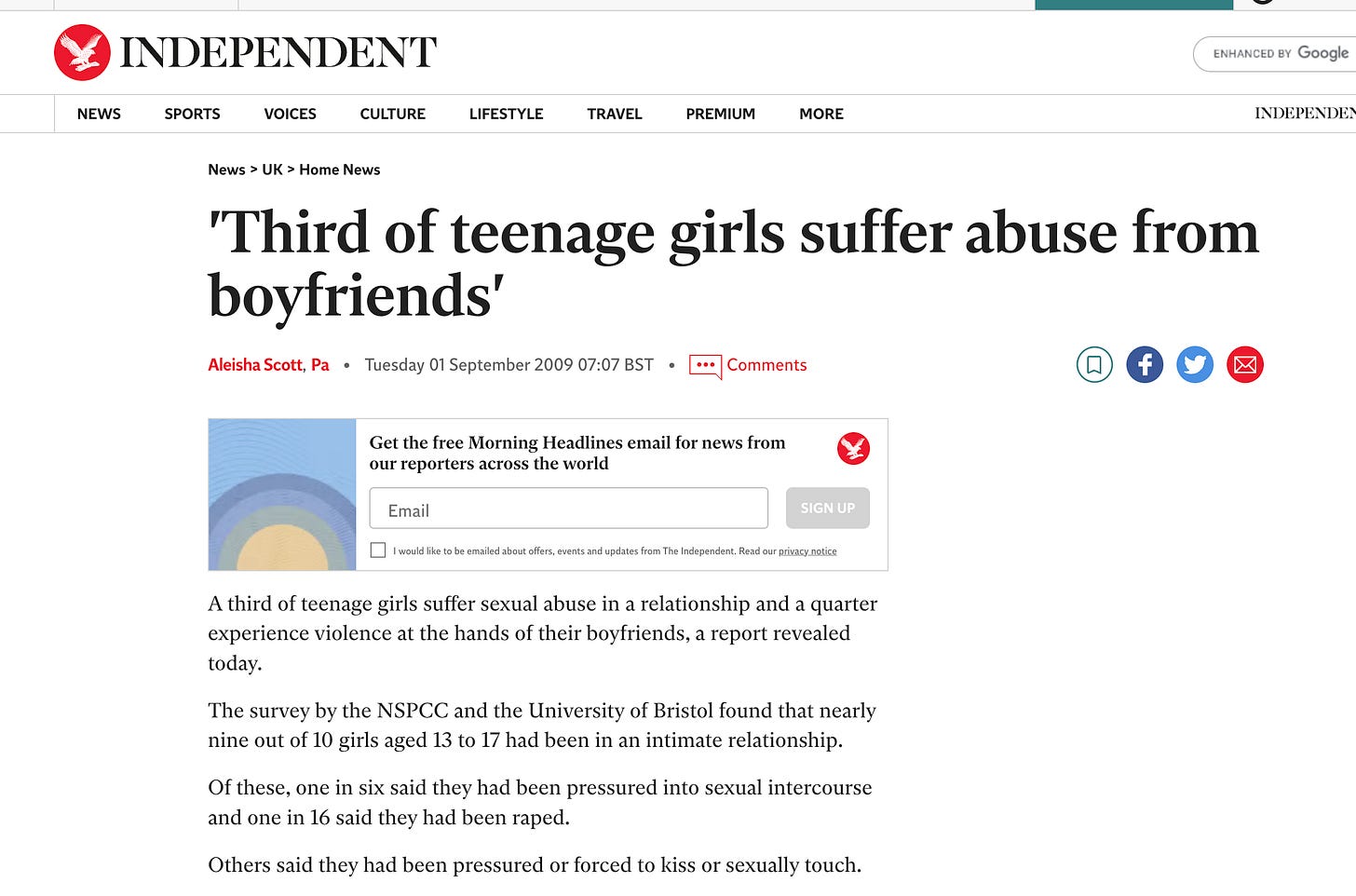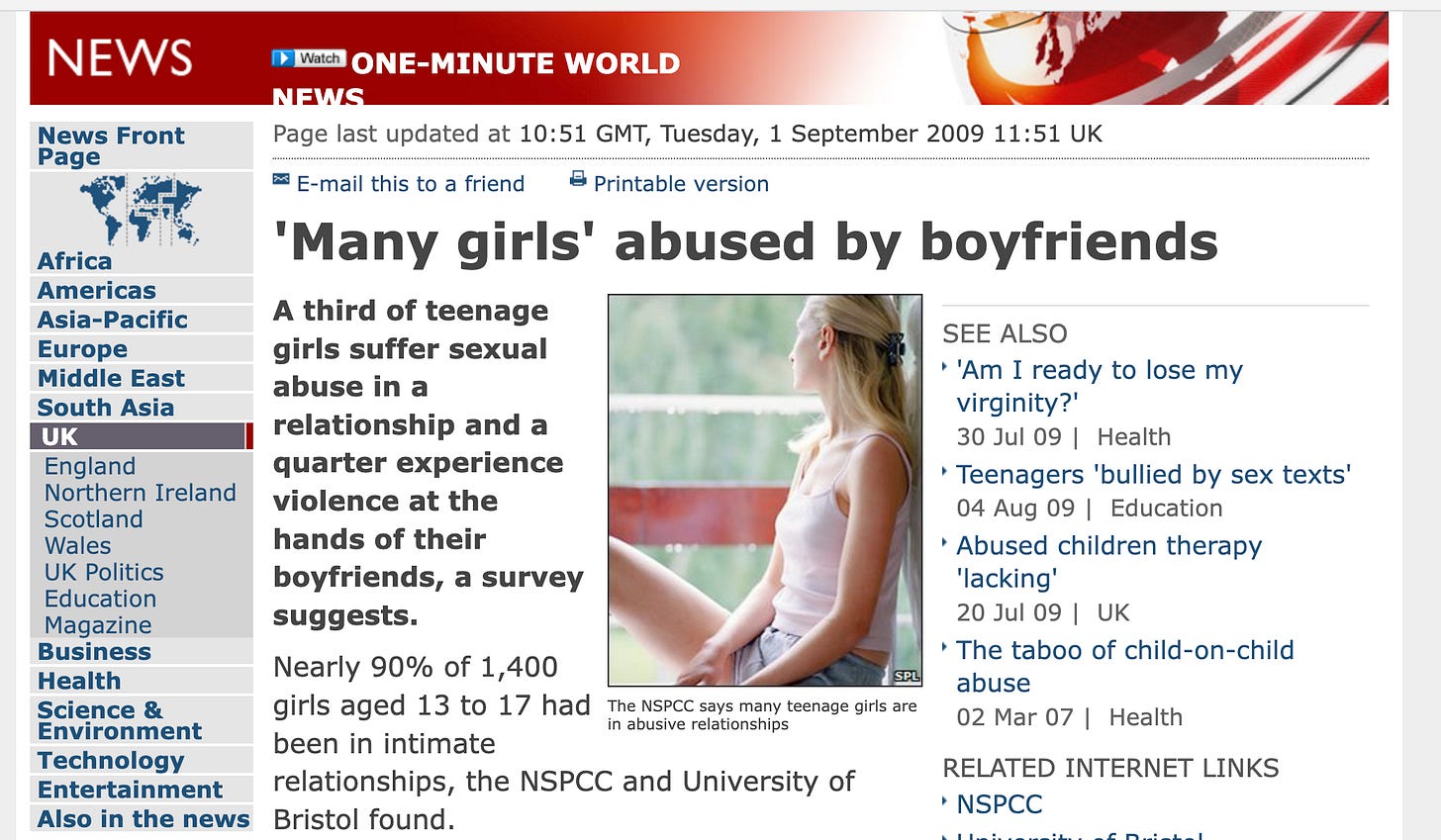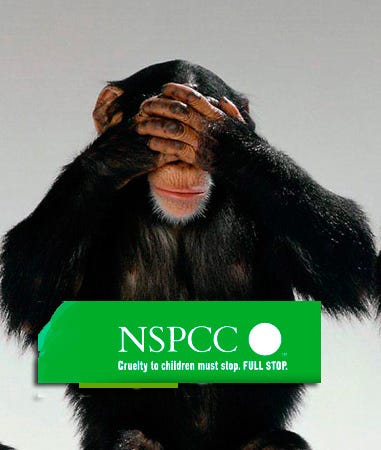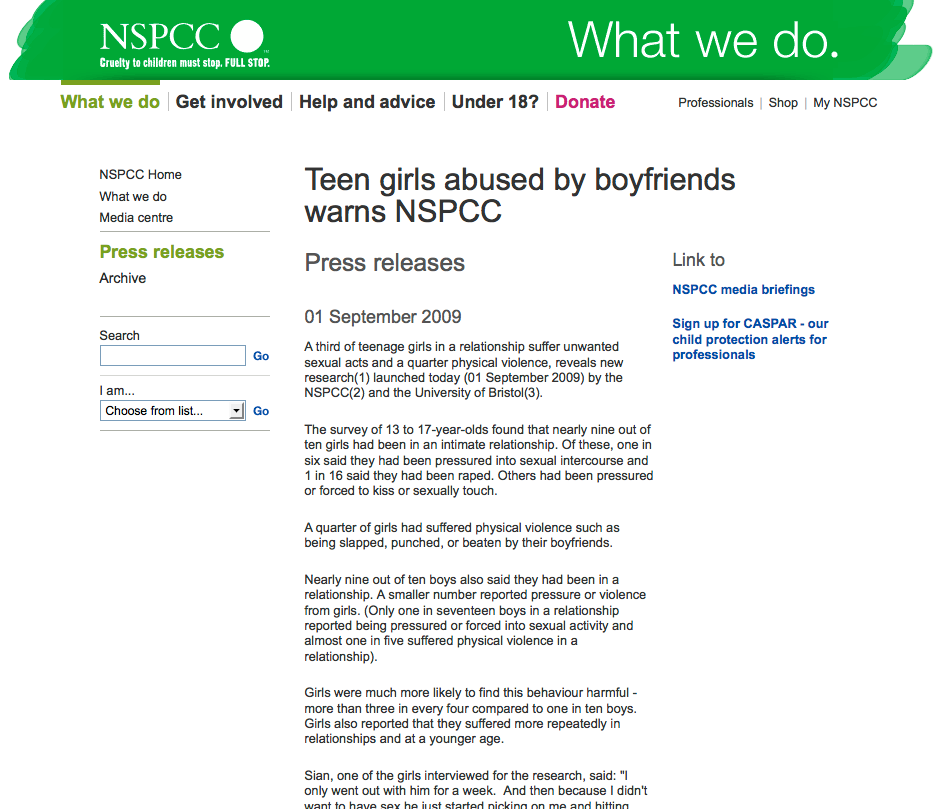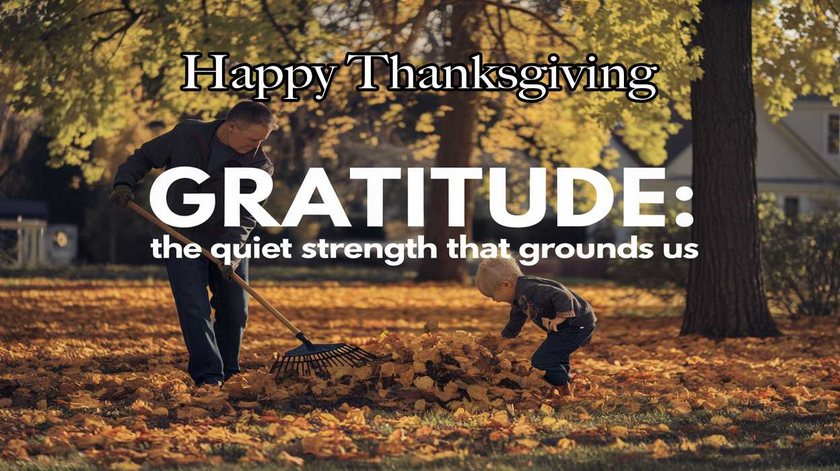
The Double Standard: Why Girls Get Protection and Boys Get Silence
Here is the contradiction at the heart of our culture’s approach to children:
When a stereotype harms girls, we mobilize.
When a stereotype harms boys, we rationalize.
Look again at the math example.
The message girls heard—“girls aren’t good at math”—was subtle and narrow, yet the response was sweeping. Grants, new curricula, teacher training, role-model initiatives, national campaigns. Entire systems shifted to make sure girls never internalized even a hint of inferiority.
Necessary? Yes.
But also revealing.
Because when the stereotypes aimed at boys are far harsher—“toxic,” “oppressor,” “privileged,” “dangerous,” “obsolete”—we do nothing. And this is where gynocentrism comes in.
Gynocentrism isn’t hatred of boys; it’s something quieter and harder to notice:
a cultural reflex that centers girls’ and women’s needs as moral priorities, while treating boys’ and men’s needs as less urgent, less sympathetic, or even suspect.
In a gynocentric culture, protecting girls is not just helpful — it feels virtuous.
And protecting boys often feels unnecessary, or worse, like a challenge to women’s advancement.
So when girls face a stereotype, no matter how small, the cultural machinery activates. When boys face a stereotype that attacks their whole identity, that same machinery goes quiet. Their pain doesn’t register with the same moral weight.
And most people don’t even notice this double standard because gynocentrism operates like the background music of the culture — always there, rarely questioned. It creates an environment where:
girls’ struggles evoke empathy
boys’ struggles evoke denial
girls are seen as vulnerable
boys are seen as responsible
girls are lifted
boys are lectured
This is not because people consciously dislike boys. It’s because we are swimming in a worldview that instinctively prioritizes female well-being.
So girls get interventions, reforms, resources, encouragement, and national concern.
And boys get silence, suspicion, or blame.
This is the unexamined engine driving the contradictions we see today. Until we name gynocentrism, we can’t make sense of why our culture protects one group’s identity and ignores the slow erosion of the other’s.
And that brings us to the most important question: What do we owe our boys in a culture that has forgotten how to see them?
What Our Culture Owes Its Boys
If Jane Elliott’s classroom taught us anything, it’s that children rise or fall based on the signals adults send. And right now, the signals sent to boys are filtered through a culture deeply shaped by gynocentrism — a once-natural instinct to protect women and children that, over the last fifty years, has been weaponized by modern feminism. What began as empathy has hardened into ideology — a cultural reflex that protects girls first, crowns them as the default victims, and brands boys as the problem, undeserving of equal compassion.
But boys are not just absorbing it.
They are being shaped by it.
If stereotype threat can affect a girl’s math performance, imagine the impact of a full cultural narrative that tells boys their very nature is worrisome. Imagine a boy growing up in a world where girls are framed as precious and in need of uplift, while boys are framed as problematic and in need of correction.
That’s not equality — it’s a gross misunderstanding of human development.
Because boys, like girls, are tender creatures. They feel disapproval deeply. They respond to expectations with the same sensitivity Jane Elliott witnessed in her classroom. A culture cannot shame half its children and expect them to grow into confident, healthy adults.
And yet gynocentrism blinds us to this. It tells us that helping girls is virtuous, but helping boys is unnecessary—or even suspect. It hides boys’ suffering behind the old myth that they’ll “be fine.” It excuses the neglect of their emotional lives. It makes male pain invisible and male discouragement seem normal.
Some of this bias is a natural product of our evolutionary history—a survival instinct to protect women and children first. But over the last fifty years, that instinct has been weaponized by modern feminism into an extreme moral hierarchy: one that automatically places female well-being above male well-being, and often demonizes men and boys in the process.
But boys are not fine under this shadow. They are quietly collapsing beneath messages no child should have to carry.
It’s time to remove the blindfold.
We owe boys the same compassion we give girls—not less, not someday, but the same.
We owe them:
a sense of belonging,
an affirmation of their goodness,
environments that honor their strengths,
teachers trained in non-feminist and authentic male psychology,
and a culture willing to say openly: Boys matter.
The world can support both girls and boys. This is not a zero-sum game. But it requires us to step outside the gynocentric reflex and see our sons clearly again.
Because if a culture cannot love its boys, it cannot love its future.
Men are good, as are you. And so are our boys.

